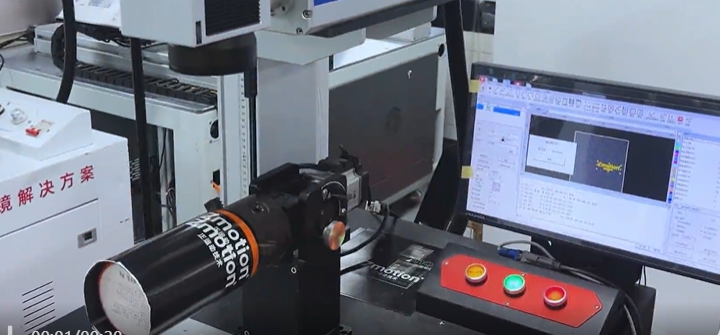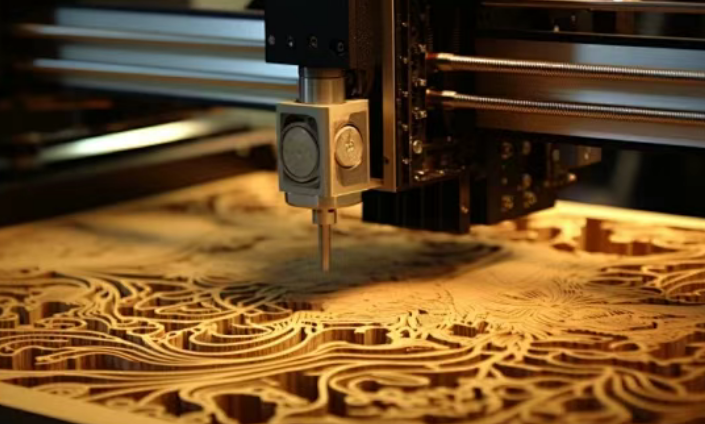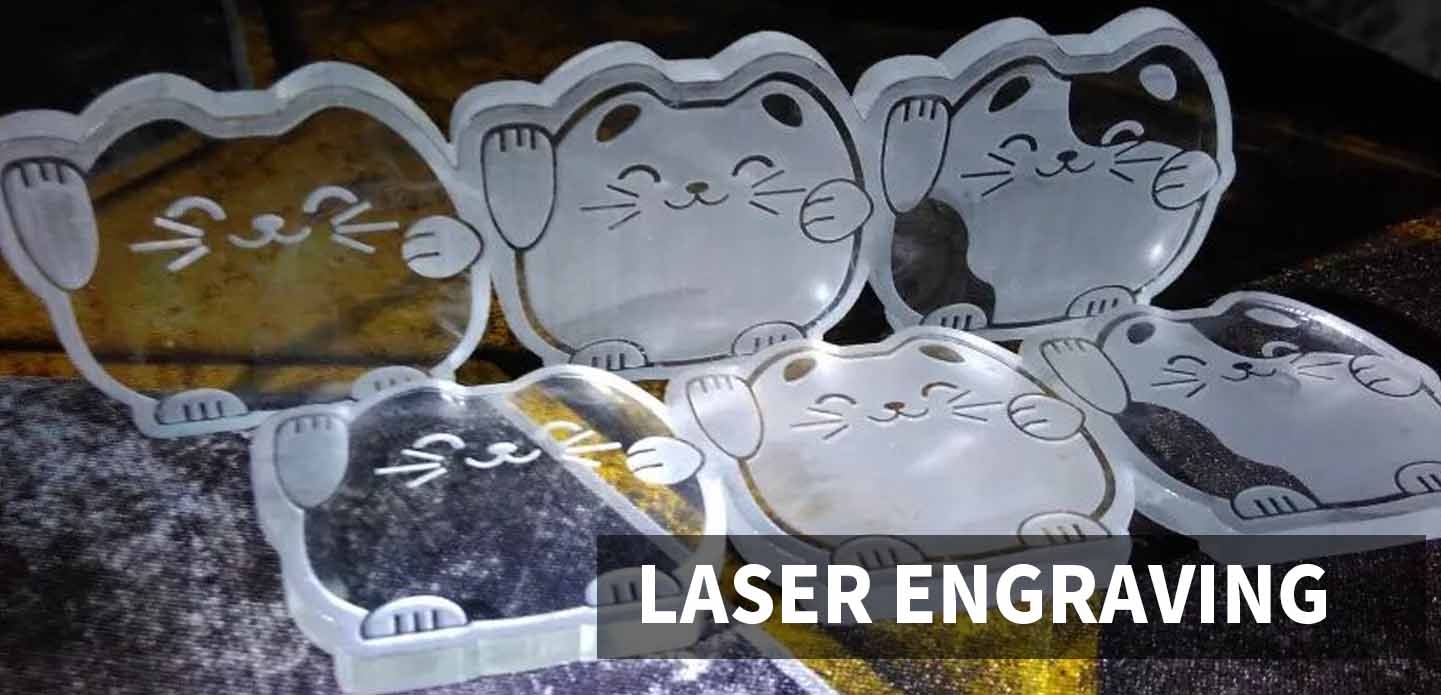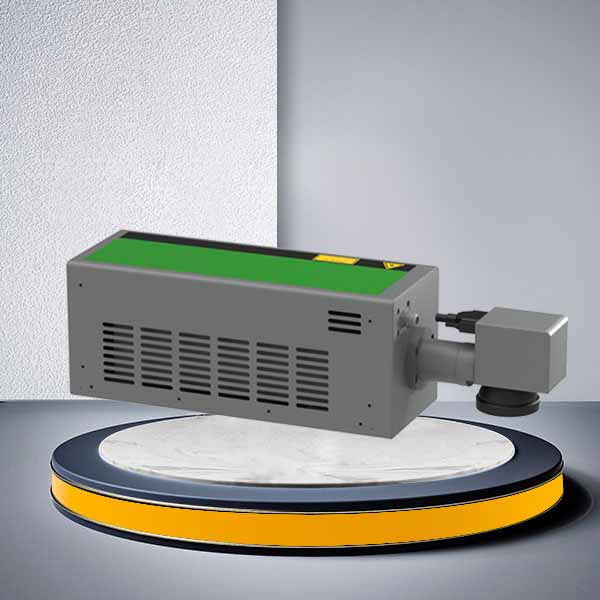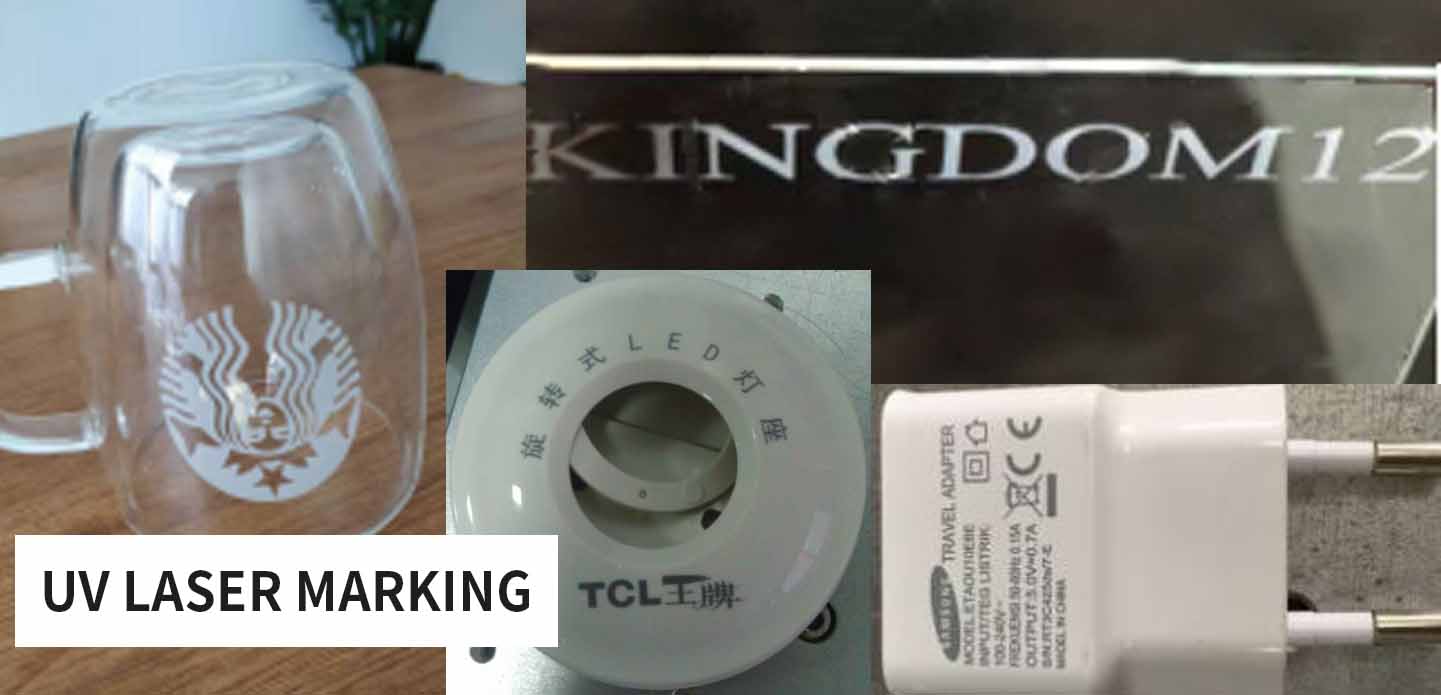
In the realm of industrial laser applications, the CO₂ laser continues to be a dominant force due to its versatility, cost-effectiveness, and ability to process a wide range of non-metallic materials. From cutting and engraving to surface marking, the CO₂ laser machine plays an integral role across industries like packaging, textiles, signage, woodworking, and more.
What Is a CO₂ Laser and How Does It Work?
A CO₂ laser is a gas laser that uses carbon dioxide as the active medium to generate a powerful infrared laser beam. Operating typically at a wavelength of 10.6 µm, it is especially well-suited for interacting with organic materials like wood, acrylic, leather, paper, plastic, and even glass.
The laser energy is delivered through either a traditional gantry system or a more advanced CO₂ galvo laser setup, depending on the desired speed, accuracy, and application requirements.
CO₂ Laser Machine Applications
CO₂ laser machines come in different formats—desktop, stand-alone, or galvo-based—and are used for:
Laser cutting: clean and precise cutting of acrylic, fabric, paperboard, MDF, etc.
Laser engraving: fine engraving on wood, glass, rubber stamps, leather goods, and ceramic.
Laser marking: branding, logos, date codes on packaging and non-metallic industrial parts.
Glass etching and bottle marking (especially with high-frequency galvo systems).
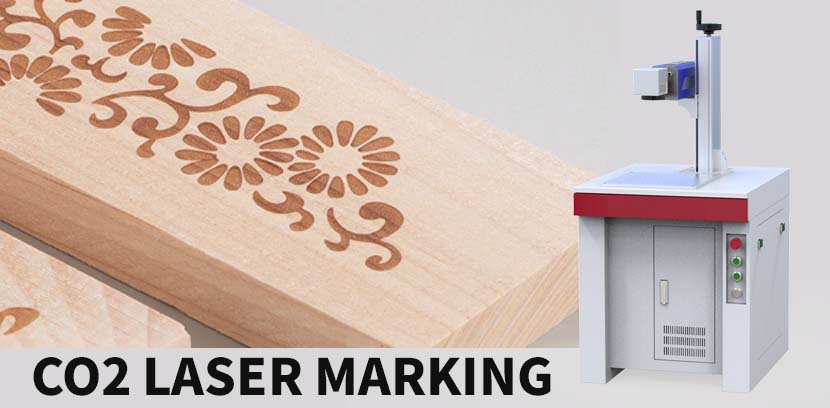
CO₂ Galvo Laser vs. Traditional CO₂ Lasers
A CO₂ galvo laser uses galvanometer scanning technology for high-speed laser movement, enabling extremely fast marking over small areas. It’s ideal for:
Serial number and barcode marking
Traceability in packaging lines
Batch processing on curved or uneven surfaces
Fine engraving with minimal distortion
Compared with traditional flatbed machines, galvo systems are faster, more compact, and well-suited for integration into automated production lines.
CO₂ Laser Price: What Affects the Cost?
The CO₂ laser price can vary widely depending on:
Laser power (typically 30W–150W for engraving and 200W+ for cutting)
Machine configuration (desktop vs. galvo vs. large-format)
Cooling system (air-cooled vs. water-cooled)
Motion system (galvo mirrors vs. gantry)
Software & control boards (EZCAD, JCZ control cards, etc.)
After-sales support & warranty
Entry-level models may start around $1,000–$2,000, while industrial galvo CO₂ systems can cost $5,000–$15,000 or more.
Choosing the Right CO₂ Laser for Your Application
Whether you’re an artisan engraving wood products or a factory marking thousands of packages per hour, there’s a CO₂ laser machine tailored to your needs. Consider:
Required engraving/cutting area
Material type and thickness
Desired processing speed
Integration needs (standalone or production line)
Budget and total cost of ownership
Final Thoughts
CO₂ laser technology remains a reliable, cost-effective solution for non-metal marking, cutting, and engraving. With options like the CO₂ galvo laser offering ultra-fast performance and compact design, users can find the perfect balance of speed, quality, and price. If you’re exploring your next laser purchase, evaluating CO₂ laser price and matching the right features to your workflow will help you unlock greater efficiency and product value.
由用户投稿整理稿件发布,不代表本站观点及观点,进行交流学习之用,如涉及版权等问题,请随时联系我们(yangmei@bjjcz.com),我们将在第一时间给予处理。


